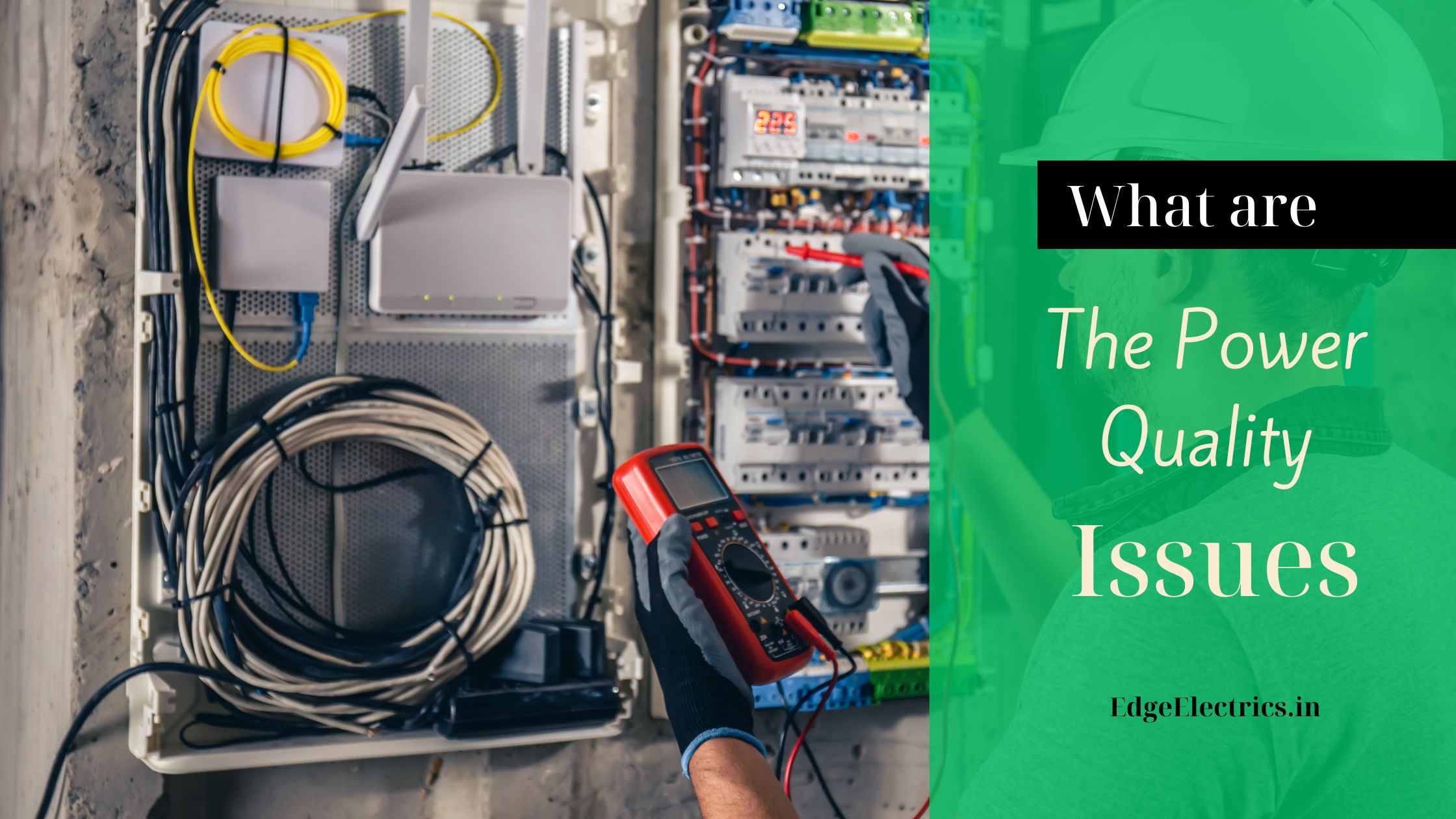
In today’s interconnected and technology-driven world, power quality has become a key concern for businesses, industries, and utilities. Power quality standards play a crucial role in confirming that the electricity supplied meets the necessary needs for safe and efficient operations. This article investigates the need for it. Their role in modern electrical systems, and why businesses should be aware of them.
Need for Power Quality Standards
1. Ensuring System Reliability
Power quality standards provide a benchmark for the acceptable levels of voltage, frequency, and waveform quality. That electrical power must meet to assure the reliable operation of devices and systems. Electrical disturbances for instance voltage sags, harmonics, and transients. It can occur equipment malfunctions, unscheduled downtimes, and costly repairs. By adhering to established power quality standard, utilities and organisations can significantly lessen the risk of these disturbances. Making sure the smooth and reliable functioning of electrical systems.
2. Protecting Equipment and Infrastructure
Power quality issues can cause overheating, premature wear, and even catastrophic failure of electrical equipment. Devices like motors, transformers, and sensitive electronic systems are particularly vulnerable to poor power quality. It set limits on disturbances like harmonics, flickers, and surges, assuring that electrical power remains within safe operating parameters. By complying with these standards, businesses can enhance the lifespan of their equipment, reduce maintenance costs, and avoid unexpected failures.
3. Enhancing Energy Efficiency
Power quality standards aid develop the energy efficiency of electrical systems. By making certain that power is provided in an optimal form. Issues such as low power factor, voltage imbalances, and harmonics can lead to equipment to operate less efficiently. Consuming more energy than necessary. By following power quality guidelines, businesses can minimise energy waste. Also lower utility costs, and contribute to more sustainable energy use. This is especially important in large industrial settings.Where small inefficiencies can convert into significant energy costs over time.
4. Ensuring Compliance with Regulatory Requirements
Many industries and sectors are subject to regulatory frameworks that mandate adherence to specific power quality standards. For example, the International Electrotechnical Commission (IEC) and the Institute of Electrical and Electronics Engineers (IEEE) have improved widely recognized standards that set the bar for acceptable power quality. Failing to meet these standards can result in legal penalties, fines, or operational restrictions. By maintaining compliance, businesses avoid these consequences and demonstrate their commitment to quality and safety as well.
5. Mitigating Financial Losses
Power quality issues can result in significant financial losses because of the equipment damage, production downtime, and more energy consumption. These costs can be especially high in sectors that depend on continuous production like manufacturing or data centres. Where even brief power interruptions can cause substantial revenue losses. It assist mitigate these risks by ensuring that electrical power is stable and consistent. Lowering the likelihood of costly outages or equipment failures.
6. Supporting the Integration of Renewable Energy
The global push towards renewable energy sources like solar and wind power, has brought new challenges to power quality. These energy sources are inherently variable and can meet disturbances such as voltage fluctuations and frequency deviations into the grid. It is important for managing these challenges. And confirming that renewable energy systems can be integrated smoothly without negatively affecting the stability of the grid. As more businesses and utilities shift towards renewable energy. Compliance with power quality standards will become increasingly essential for maintaining grid stability.
7. Promoting International Trade and Compatibility
Power quality standards also play a vital role in promoting international trade. Also ensuring compatibility between electrical systems from different regions. Many electrical devices and systems are manufactured in different countries. And must adhere to globally recognized power quality standards to assure they function correctly. When installed in diverse environments. These standards provide a common language. That ensures electrical equipment can be used across borders, fostering international trade and innovation.
8. Improving Safety
Safety is a prime concern in any electrical system. Poor power quality can pose serious risks to both personnel and equipment. Issues for instance voltage surges or frequency deviations can lead to electrical equipment to malfunction in ways that create hazardous situations. Including electrical fires or dangerous operational behaviours in machinery. Power quality standards are designed to prevent such risks by establishing guidelines for safe power delivery. By following these standards, businesses can create a safer working environment and protect both their employees and assets.
Conclusion
Power quality standards are indispensable in today’s electrical landscape, where the stakes of poor power quality can be high. They help secure the reliability of systems, protect valuable equipment, increase energy efficiency, and promote safety. Adhering to power quality standards is not just about compliance. It’s about building resilience in an increasingly complex and interconnected world. Whether it’s for decreasing financial losses, supporting renewable energy integration, or ensuring global compatibility. Power quality standards serve as a foundation for efficient and reliable electrical systems. As the demand for reliable power continues to grow, the significance of these standards will only become more pronounced.
continue reading
Related Posts
Power Quality Disturbances are voltage sags, swells, spikes, fluctuation and […]
Maintaining Good Power Quality includes several important characteristics such as […]
Ensuring good power quality is crucial in electrical systems. As […]



